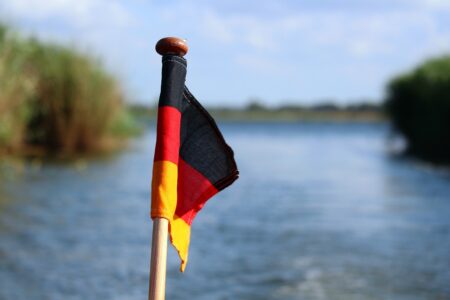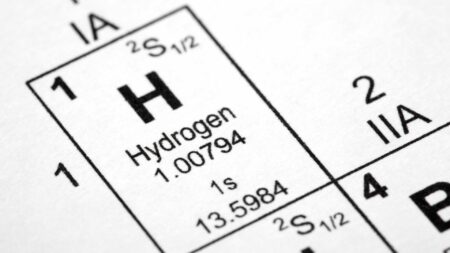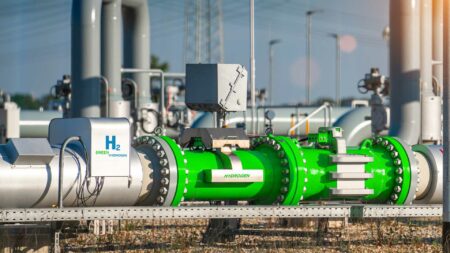In the race towards a cleaner and more sustainable energy future, hydrogen has emerged as a promising contender. Its potential as a clean energy source in a decarbonized society has sparked significant technological developments, including the construction of efficient liquefied hydrogen (LH2) carriers.
To ensure the safe transportation of this super-cold cargo, ClassNK, a leading classification society, has released the “Guidelines for Liquefied Hydrogen Carriers (Edition 2.0).” These guidelines play a pivotal role in fostering the technological advancements needed to create a robust hydrogen supply chain.
Liquefied hydrogen, an ultra-cold substance stored at a bone-chilling temperature of minus 253 degrees Celsius, presents unique safety challenges. Recognizing this, the International Maritime Organization (IMO) embarked on the task of establishing safety requirements for LH2 carriers. In 2016, the IMO adopted the “Interim Recommendations for Carriage of Liquefied Hydrogen in Bulk,” providing initial safety standards for this emerging sector.
Building upon the IMO’s interim recommendations, ClassNK introduced its “Guidelines for Liquefied Hydrogen Carriers” in 2017. These guidelines, grounded in international standards and ClassNK’s own research and development findings, served as the basis for the design review and survey of the world’s first LH2 carrier, the “Suiso Frontier.” This pioneering vessel showcased the practical application of ClassNK’s guidelines.
Now, with the release of Edition 2.0, ClassNK has refined and enhanced these guidelines. The update incorporates valuable insights gained from the Suiso Frontier’s operational experience and reviews of other LH2 carrier concepts in development. Specific requirements have been clarified for improved comprehensibility and logic. Notably, the update introduces two sets of guidance aimed at facilitating the risk assessment process for individual projects and exploring mitigation measures for potential hazards. These additions significantly enhance the practical utility of the guidelines.
ClassNK’s Edition 2.0 guidelines are designed to ensure the safety of LH2 carriers. Compliance with these safety requirements, coupled with the implementation of measures identified in the risk assessments through the newly introduced guidance, is expected to be the key to guaranteeing the secure transportation of liquefied hydrogen.








